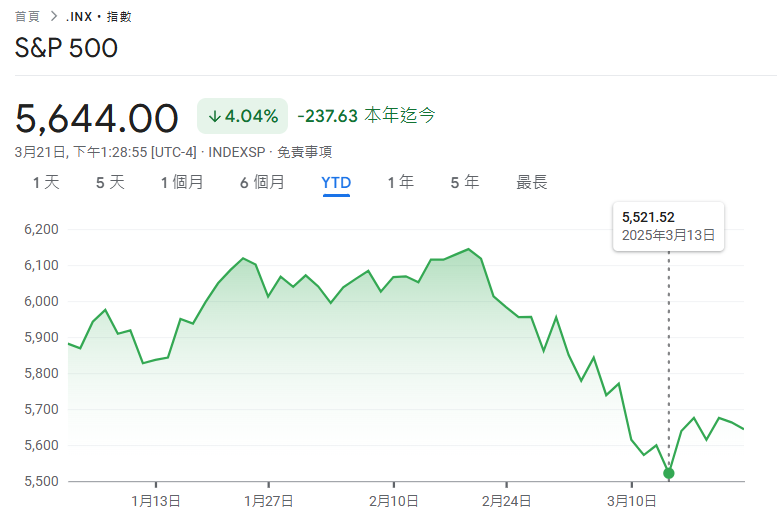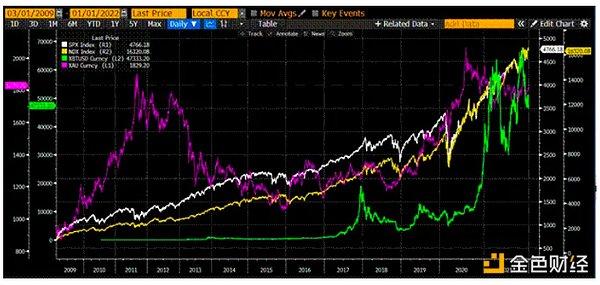US President Trump officially completed the presidential inauguration on January 20th this year, and immediately launched a tariff war against US trading partners in early February, bringing great uncertainty to the US economic prospects and global situation. This also triggered continued volatility and decline in US stocks. The S&P 500 index reached a historical high of 6,144.15 points on February 19th before a significant pullback, dropping to a low of 5,521.52 points on March 13th. Wall Street financial giants even suggested that a bear market might have arrived.
Bank of America: US Stocks Have Not Entered Bear Market
Although Trump's tariff policy is still causing a stir, with equivalent tariffs set to officially launch on April 2nd, Bank of America recently pointed out that in the week ending March 19th, US stock funds attracted a total of $43.4 billion in capital inflows, with $34.1 billion flowing into US stocks - the largest single-week inflow since 2025.
Meanwhile, market demand for bonds and gold was also strong, with $4.9 billion and $3 billion in inflows respectively. Gold, in particular, saw $10.6 billion in inflows over the past month, creating a historical record.
Regarding this, the Bank of America analyst team led by Michael Hartnett commented that the current market's optimistic sentiment about the US economy may have exceeded the risk concerns brought by trade and tariff wars:
The market's previous expectations of a bear market have not materialized, and the event that may potentially impact the global economy in the near term is the tariffs on April 2nd.
US Stock Short-Term Bullish Sentiment Rises
Additionally, according to the latest survey by the American Association of Investors, current investor bullish sentiment is rising:
The bullish sentiment expecting stock prices to rise in the next six months has increased to 21.6%, showing a slight recovery.
At the same time, the pessimistic sentiment expecting stock prices to fall in the next six months has decreased by 1.1% to 58.1%.
However, it is worth noting that although the sentiment indicators show some market confidence recovery, there is still a significant gap between pessimistic and bullish sentiments. Moreover, the pessimistic sentiment has historically been over 57% for four consecutive weeks, so investors still need to remain cautious.






